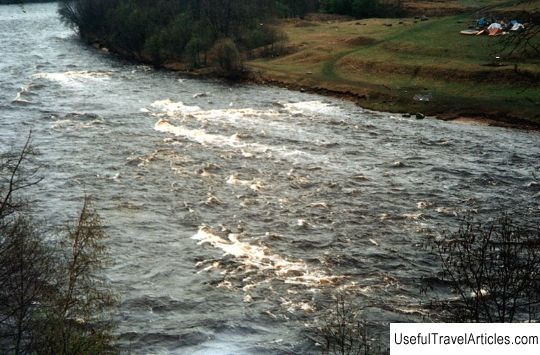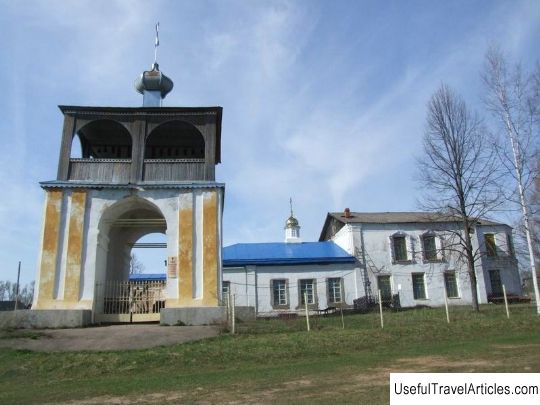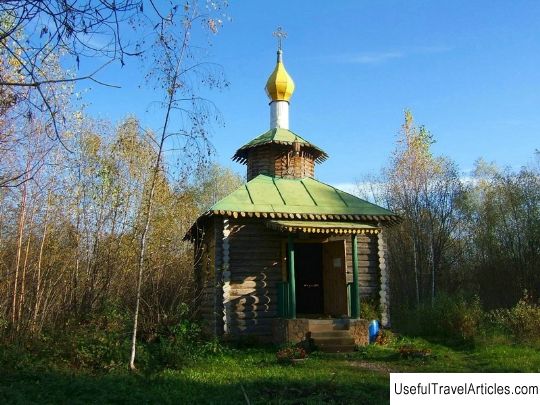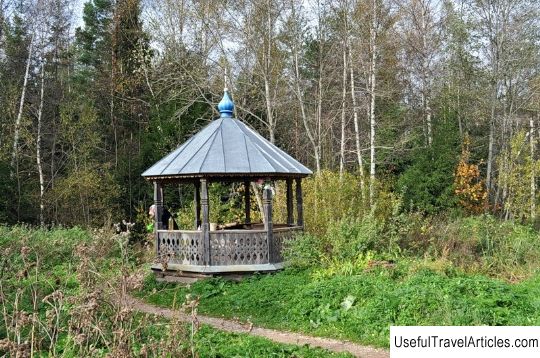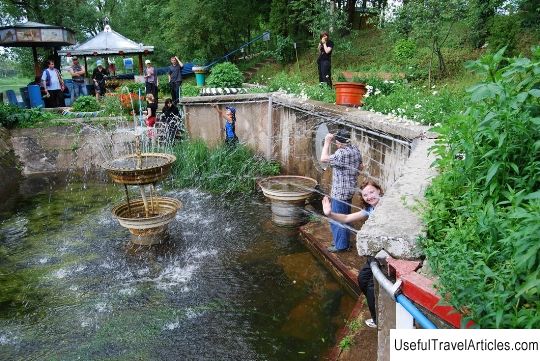Church of Nil Stolobensky description and photos - Russia - North-West: Borovichi
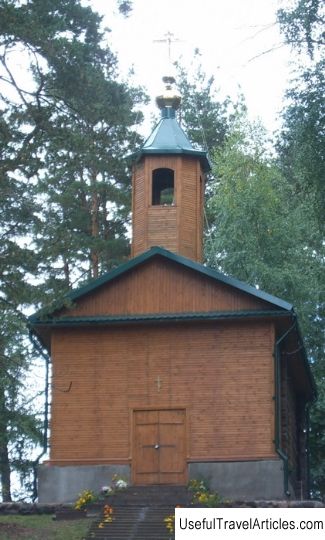
Church of Nil Stolobensky description and photos - Russia - North-West: Borovichi. Detailed information about the attraction. Description, photos and a map showing the nearest significant objects. Photo and descriptionThe ancient village of Opechensky Ryadok is located on the picturesque banks of the calm Msta River, next to Opechensky Posad. At the foot of a hill overgrown with a dense coniferous forest, a holy spring, known since ancient times, was beating. Later, a chapel was erected around this source. The chapel and the spring were associated with the name of the holy Reverend Nil of Stolobensky. The source was baptized by the popular rumor Nilushka. There was a popular belief that the water collected in Nilushka had life-giving, healing properties. She helped to heal from ailments and evil eyes. In 1858, in a high pine forest that grew on the top of the hill, a temple was built dedicated to the Monk Nil Stolobensky. The temple was cut from wood, the structure was striking in its internal volume and completeness. A little later, a bell tower was built near the church, the top of which was crowned with a cross, it could be seen from the immediate vicinity, and even being in the city of Borovichi. This event took place in 1873. The bell tower and the temple are a wonderful architectural ensemble, together they give the top of the hill a finished look. The interior of the temple amazed with its spaciousness and high vaults. An indelible mark on the souls of the parishioners was left by images painted in oil by unknown bogomaz. For a long time, the attention of believers was attracted by the sculpture of Nil Stolobensky, carved from oak and brought from the monastery of Nilova Pustyn. The sculpture was made in human size. When making it, an unknown master deviated somewhat from the traditions of gesso. The preservation of the sculpture was provided by the material itself - bog oak, known for its durability. Therefore, a layer of levkas was applied only to the beard, hair and clothing of the sculpture. This technique had an unexpected effect. The figure of an ancient elder who spends time in prayers and fasting has come to life. The ocher-brownish color, characteristic of the texture of bog oak wood, made the face of the sculpture look like the faces of old people, who worked in the open air for most of their lives, whose skin was burned by severe frosts and sun rays. At the same time, the face exudes strength and wisdom inherent in that old age, which has nothing to do with decrepitude and other ailments characteristic of old age. Currently, this masterpiece can be seen in the local history museum of the town of Borovichi. Popular word of mouth conveys the legend of how the temple was built. Long ago, the peasants of one village suffered greatly from the oppression and tyranny of the landowner. At the village meeting, they decided to send a person to the capital with a complaint against the landowner. For this, the most intelligent, religious and literate was chosen. This man's name was Neil. At the gathering, they decided and swore an oath before God that if the Nile helps to resolve the problem with the landowner, then, as has been customary on the Russian land since ancient times, to build a temple. And so that it could be seen from afar, they decided to erect it on a hill above the river. Nil helped, and soon the royal envoy came to the parish, and justice was done. The peasants fulfilled their promise. A wooden church was built on the hill. The Nile earned universal recognition and veneration during his lifetime, and after his death he was buried near the temple, soon other people were buried near the Nile. So a cemetery was created which people began to call "Nilushka". The cemetery was supplemented by a church and a bell tower. A lot of people were here on Nil's day. A fair was located near the cemetery on the feast day, which was attended by parishioners at the end of the festive service. At the fair, various kinds of attractions, stalls and tents were built. People came from all over the area from nearby villages, sometimes this distance was 15-20 kilometers. In addition to the patronal feast of the Opechensky Row, memorial holidays were also celebrated here. After the Great Patriotic War, not a trace of the wooden church remained. The temple was dismantled, and the threat of destruction hung over the coniferous forest, they wanted to cut it down by the decision of the authorities. Miraculously, this decision was not destined to come true, centuries-old pines survived, but the cemetery was orphaned without a temple. The chapel at the holy spring was also destroyed. But people remember the Nilov day, and many people climb the hill and enter the cemetery, to pay tribute to the memory of the saint. The Archbishop of Veliky Novgorod and Old Russia - Leo consecrated the newly built temple of St. Nil Stolobensky on August 26, 2006. p>    We also recommend reading Temple of Isthmia description and photos - Greece: Corinth Topic: Church of Nil Stolobensky description and photos - Russia - North-West: Borovichi. |
